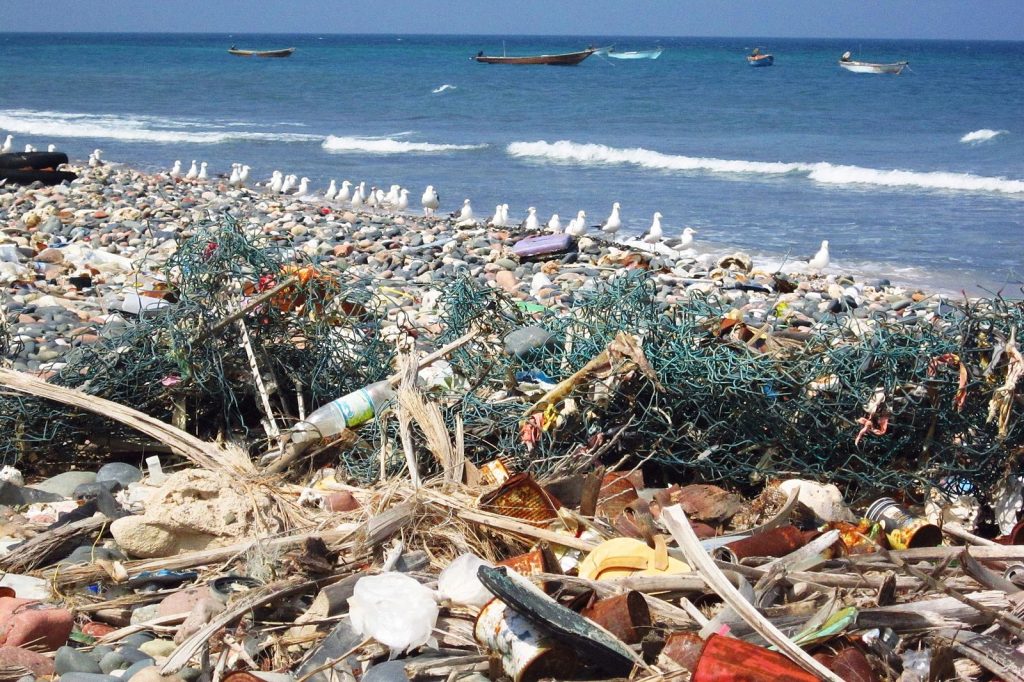Our ocean and marine habitats are being degraded by anthropogenic influence in many ways. Overfishing destabilizes normal population dynamics in marine habitats which contributes to the declining numbers of many aquatic animals we know and love. As a result of human activity, increasingly acidified ocean waters and rising temperatures are killing off ecosystem-sustaining coral and other essential marine life. The degradation of marine habitats stands to affect all of us in some way. This leads us to the question: what can you do?
- Sustainable fishing and consumption
- There are many resources today that may be consulted in order to help guide consumers towards more sustainable seafood consumption.
- For example, the Monterey Bay Aquarium Seafood Watch program lists sustainable businesses and gives free, up-to-date seafood recommendations. This guide may be accessed through The Seafood Watch App, or online at www.seafoodwatch.org
- Plastic pollution and ocean acidification:
- Read and learn more about the harmful effects of plastic pollution in our “Marine Debris” section. What you can do to help combat this is, of course, not to litter, but furthermore to use reusable containers and try to cut down on plastic use in your day to day life. Recommendations on what products to buy and more information on this subject is available in our “Overexploitation” section.
- The ocean is acidifying as a result of increased atmospheric levels of anthropogenically produced carbon. The ocean absorbs some of this atmospheric carbon which makes the water more acidic. This poses issues for many marine organisms including coral and shellfish which struggle to form their calcium carbonate shells in the increasingly acidic water. In order to help combat this issue, you must work to reduce your personal output of anthropogenic carbon. Ways to do this include: taking public transit, buying locally produced foods, using sustainably produced products, and many more eco-friendly and easily implemented lifestyle changes. To calculate your current level carbon emissions and to learn more about changes you can make, visit our “Overexploitation” section.

